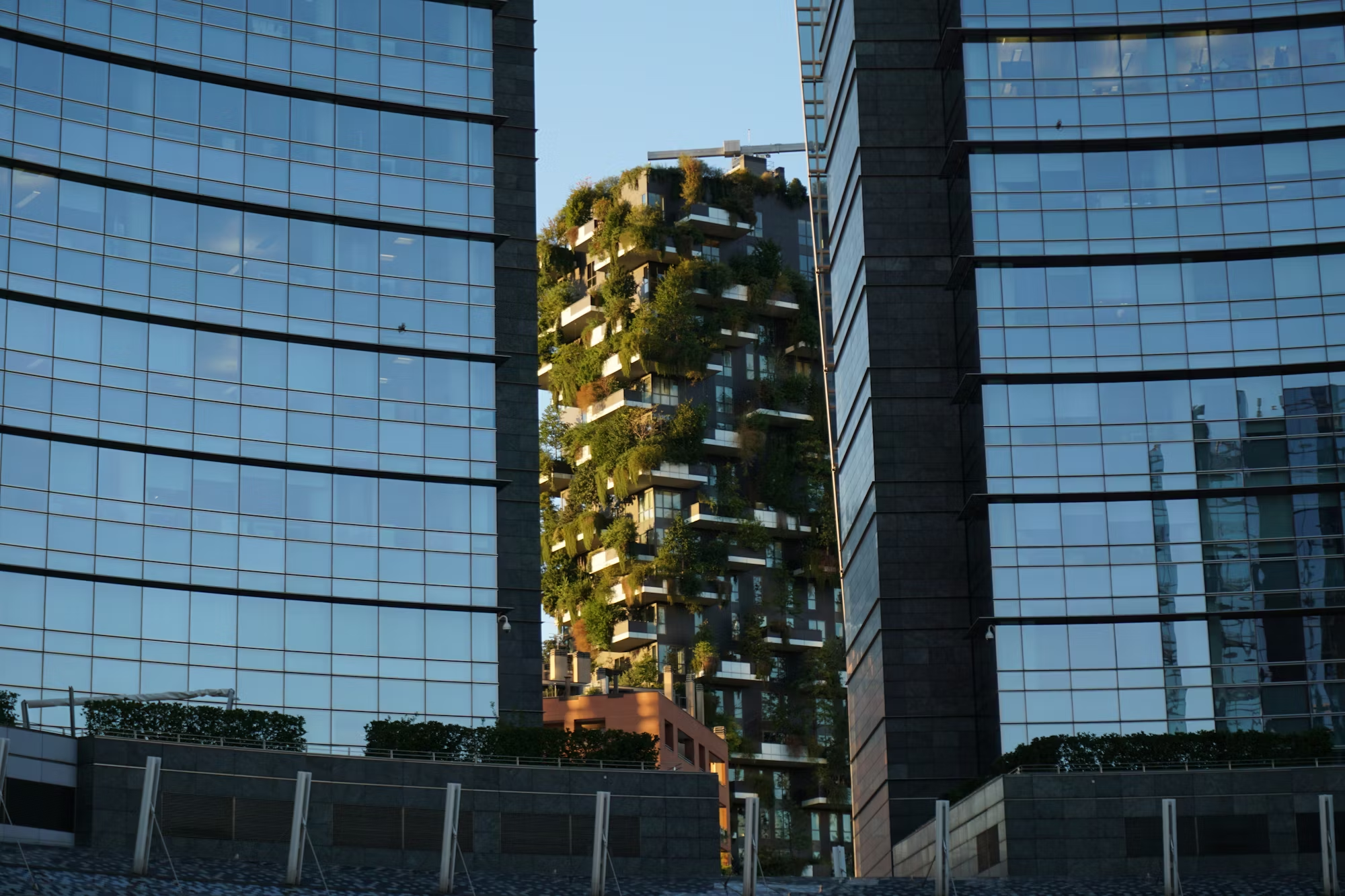Sustainable architecture has emerged as a vital discipline in the quest for a greener future, emphasizing design practices that reduce environmental impact while enhancing the quality of life for inhabitants. As the world grapples with climate change and resource depletion, architects and builders are increasingly adopting sustainable principles that not only promote ecological balance but also foster vibrant communities. This article explores the core tenets of sustainable architecture, innovative strategies, and the future of eco-friendly design.
At the heart of sustainable architecture is the principle of minimizing the ecological footprint of buildings. This involves careful consideration of materials, energy consumption, and the overall impact on the environment. Sustainable architects strive to create structures that harmonize with their surroundings, utilizing resources wisely and reducing waste. This philosophy extends beyond the design phase, encompassing the entire lifecycle of a building—from construction and operation to eventual demolition or repurposing.
One of the foundational aspects of sustainable architecture is energy efficiency. Buildings are significant consumers of energy, and reducing this consumption is crucial for mitigating climate change. Architects achieve energy efficiency through various strategies, including passive solar design, which maximizes natural light and heat while minimizing reliance on artificial lighting and heating. By strategically positioning windows and using thermal mass materials, architects can harness solar energy to maintain comfortable indoor temperatures throughout the year.
Another key strategy is the incorporation of renewable energy sources, such as solar panels and wind turbines. These technologies not only reduce dependence on fossil fuels but also empower building owners to generate their own energy. Advances in energy storage solutions, such as batteries, further enhance the viability of renewable energy, allowing for a consistent energy supply even during peak demand periods. By integrating these systems into building design, architects can significantly lower operational costs and environmental impact.
Sustainable architecture also emphasizes water conservation. Efficient water management is critical, particularly in regions facing water scarcity. Innovative designs include rainwater harvesting systems, greywater recycling, and permeable paving, which allow water to be reused and managed sustainably. Additionally, incorporating native landscaping and xeriscaping principles can minimize irrigation needs, promoting biodiversity while reducing water consumption.
Materials selection plays a crucial role in sustainable architecture as well. Architects are increasingly opting for eco-friendly materials that are sustainably sourced, recycled, or locally produced. This not only reduces transportation emissions but also supports local economies. Materials such as bamboo, reclaimed wood, and recycled metal are gaining popularity for their low environmental impact and aesthetic appeal. Furthermore, architects are exploring the use of innovative materials, such as hempcrete and mycelium-based products, which offer sustainable alternatives to traditional construction materials.
In addition to these strategies, sustainable architecture prioritizes indoor environmental quality. A well-designed space promotes the health and well-being of its occupants by ensuring adequate ventilation, natural light, and access to green spaces. Biophilic design, which incorporates elements of nature into built environments, has gained traction as a means to enhance well-being. Features such as indoor gardens, living walls, and natural materials contribute to a calming atmosphere, fostering a sense of connection to the natural world.
Community engagement is another essential component of sustainable architecture. Architects recognize that buildings do not exist in isolation; they are part of larger ecosystems that include neighborhoods, cities, and the environment. Involving the community in the design process ensures that the needs and aspirations of residents are met. This collaborative approach fosters a sense of ownership and pride, ultimately contributing to the success and longevity of a project.
Sustainable architecture is not without its challenges. One significant hurdle is the perception that sustainable design is more expensive or complicated than traditional approaches. While there may be higher upfront costs associated with green building technologies, studies show that sustainable buildings often yield long-term savings through reduced energy and water bills. Moreover, the increasing availability of green building certifications, such as LEED (Leadership in Energy and Environmental Design), encourages architects and builders to pursue sustainable practices by providing frameworks and recognition for their efforts.
As the demand for sustainable architecture grows, the industry is witnessing a shift in focus toward regenerative design. This emerging paradigm goes beyond sustainability by aiming to restore and revitalize ecosystems rather than simply minimizing harm. Regenerative architecture seeks to create buildings and communities that positively contribute to the environment, enhancing biodiversity and ecosystem health. This ambitious approach encourages architects to think critically about the long-term impact of their designs on both the local and global environment.
The future of sustainable architecture is also closely linked to advancements in technology. The integration of smart building technologies enables architects to create responsive environments that adapt to the needs of occupants. For instance, smart sensors can optimize energy usage by adjusting lighting and temperature based on occupancy patterns, further enhancing energy efficiency. Additionally, the use of virtual reality and augmented reality in the design process allows architects to visualize projects in a more immersive way, facilitating collaboration and enhancing communication with clients and stakeholders.
In conclusion, sustainable architecture represents a forward-thinking approach to design that prioritizes environmental stewardship, energy efficiency, and community well-being. By embracing innovative strategies and technologies, architects can create spaces that harmonize with nature and enhance the quality of life for all inhabitants. As we move toward an increasingly urbanized future, the principles of sustainable architecture will play a vital role in shaping resilient and vibrant communities. Through collaboration, creativity, and a commitment to sustainability, the architecture of tomorrow can pave the way for a greener, healthier planet.





